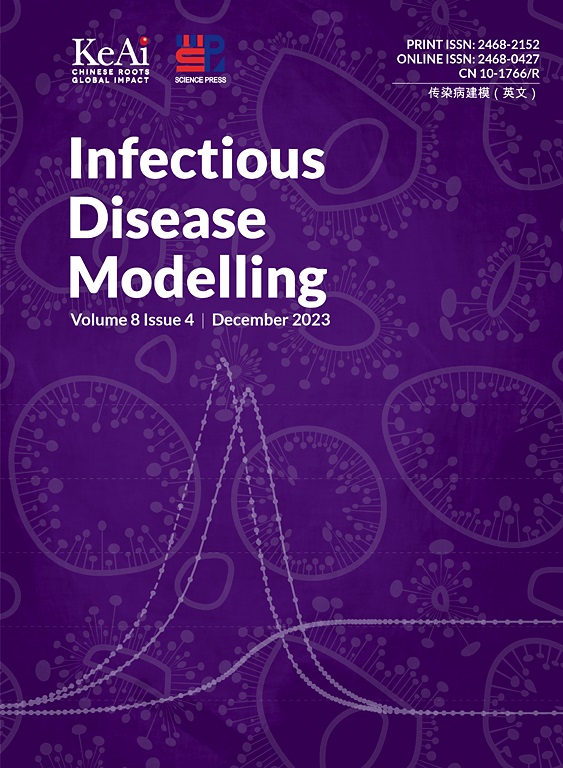Information-guided adaptive learning approach for active surveillance of infectious diseases
IF 2.5
3区 医学
Q1 Medicine
引用次数: 0
Abstract
The infectious disease surveillance system is a key support tool for public health decision making. Current research concentrates on optimizing static sentinel deployment to address the problem of incomplete data due to the lack of sufficient surveillance resources. In this study, we introduce an information-guided adaptive learning strategy for the dynamic surveillance of infectious diseases. The goal is to improve monitoring effectiveness in situations where it is possible to adjust the focus of surveillance, such as serial surveys and allocation of testing tools. Specifically, we develop a probabilistic neural network model to learn spatio-temporal correlations among the numbers of infections. Based on a probabilistic model, we evaluate the information gain of monitoring a spatio-temporal target and design a greedy selection algorithm for monitoring targets selection. Moreover, we integrate two major surveillance objectives, i.e., informativeness and coverage, in the monitoring target selection. The experimental results on the synthetic dataset and two real-world datasets demonstrate the effectiveness of our approach, showcasing the promise of further exploration and application of dynamic adaptive active surveillance.
传染病主动监测的信息引导自适应学习方法
传染病监测系统是公共卫生决策的重要支持工具。目前的研究主要集中于优化静态哨点部署,以解决因缺乏足够监测资源而导致的数据不完整问题。在本研究中,我们为传染病的动态监测引入了一种信息指导下的自适应学习策略。其目的是在可以调整监测重点的情况下提高监测效果,如连续调查和检测工具的分配。具体来说,我们开发了一个概率神经网络模型,用于学习感染数量之间的时空相关性。基于概率模型,我们评估了监测时空目标的信息增益,并设计了一种用于监测目标选择的贪婪选择算法。此外,我们在监测目标选择中整合了两个主要监测目标,即信息量和覆盖率。在合成数据集和两个真实世界数据集上的实验结果证明了我们方法的有效性,展示了进一步探索和应用动态自适应主动监控的前景。
本文章由计算机程序翻译,如有差异,请以英文原文为准。
求助全文
约1分钟内获得全文
求助全文
来源期刊

Infectious Disease Modelling
Mathematics-Applied Mathematics
CiteScore
17.00
自引率
3.40%
发文量
73
审稿时长
17 weeks
期刊介绍:
Infectious Disease Modelling is an open access journal that undergoes peer-review. Its main objective is to facilitate research that combines mathematical modelling, retrieval and analysis of infection disease data, and public health decision support. The journal actively encourages original research that improves this interface, as well as review articles that highlight innovative methodologies relevant to data collection, informatics, and policy making in the field of public health.
 求助内容:
求助内容: 应助结果提醒方式:
应助结果提醒方式:


